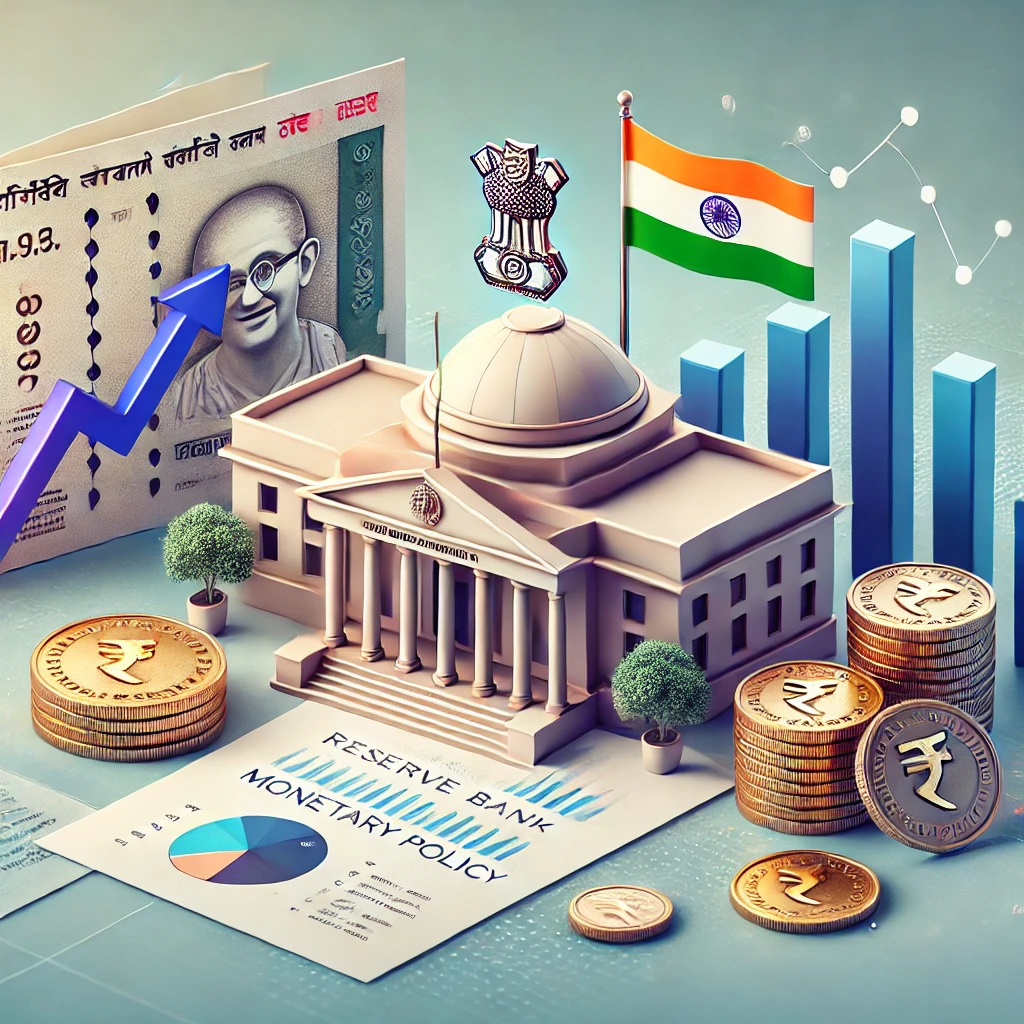RBI Policy and Its Role in Shaping Financial Stability

Explore the latest RBI Policy and their impact on the economy. Stay informed with expert insights and updates on monetary regulations and financial stability.
Trending News Fox, News Desk Team, Kolkata
Edited by Saibal Bose
The Reserve Bank of India (RBI) acts as the central bank of India. It plays a pivotal role in shaping the country’s financial stability through its policies. These policies encompass a range of monetary, regulatory, and supervisory measures designed to guarantee a stable and robust financial system. Below is an overview of RBI’s policy framework and its impact on financial stability.
Key Roles of the RBI in Financial Stability
- Monetary Policy:
- Goal: Keep price stability while fostering economic growth.
- Tools:
- Repo Rate: The rate at which the RBI lends to commercial banks. Adjusting the repo rate influences liquidity and borrowing costs in the economy.
- Reverse Repo Rate: The rate at which the RBI borrows from banks, helping to control excess liquidity.
- Cash Reserve Ratio (CRR): A certain percentage of a bank’s deposits must be kept as reserves with the RBI. This practice influences the money supply.
- Open Market Operations (OMO): Buying or selling government securities to manage liquidity.
- Impact: Through these tools, the RBI controls inflation, stabilizes currency, and ensures enough credit flow.
- Regulatory Oversight:
- Banking Regulation: RBI sets prudential norms for banks, including capital adequacy requirements, asset quality reviews, and risk management guidelines.
- Non-Banking Financial Companies (NBFCs): RBI monitors and regulates NBFCs to guarantee systemic risk is minimized.
- Payment Systems: The RBI supervises and facilitates the development of secure and efficient payment systems, critical for economic transactions.
- Foreign Exchange Management:
- Goal: Stabilize the rupee and manage foreign exchange reserves.
- Tools: Interventions in the forex market, regulation of foreign exchange transactions, and management of external debt.
- Impact: Ensures external sector stability and minimizes vulnerability to global shocks.
- Macroprudential Policies:
- Systemic Risk Management: RBI employs macroprudential tools. These tools solve risks that affect the entire financial system. Examples include counter-cyclical capital buffers.
- Financial Stability Reports: Periodically assesses the health of the financial sector to find vulnerabilities and recommend actions.
- Crisis Management:
- Liquidity Support: Provides emergency liquidity assistance to banks and financial institutions in distress.
- Resolution Frameworks: Facilitates resolution of stressed assets and insolvencies to prevent contagion effects.
RBI’s Response to Emerging Challenges
- Digital Innovations:
- Promotion of fintech innovations while ensuring regulatory safeguards.
- Introduction of initiatives like the Unified Payments Interface (UPI) for seamless and secure digital transactions.
- Climate Risks:
- Policies to promote green financing and mitigate financial risks connected to climate change.
- Global Shocks:
- Strategic interventions during global financial crises, like the COVID-19 pandemic, to uphold economic stability.
RBI Policy: Role in Financial Stability
RBI’s policies create a stable environment for economic growth by:
- Ensuring the solvency and liquidity of financial institutions.
- Protecting consumer interests and maintaining public confidence in the financial system.
- Minimizing systemic risks to prevent financial crises.
By striking a balance between growth-oriented measures and stability-focused interventions, the RBI remains central to India’s economic resilience and development.
Would you like a detailed example of any specific RBI policy or its recent developments?
Also, read Breaking News Today: A Double-Edged Sword for Society
Also, read Trending News Today: Spotlight on Today’s Trending News Stories
Discover more from Trending News Fox
Subscribe to get the latest posts sent to your email.



